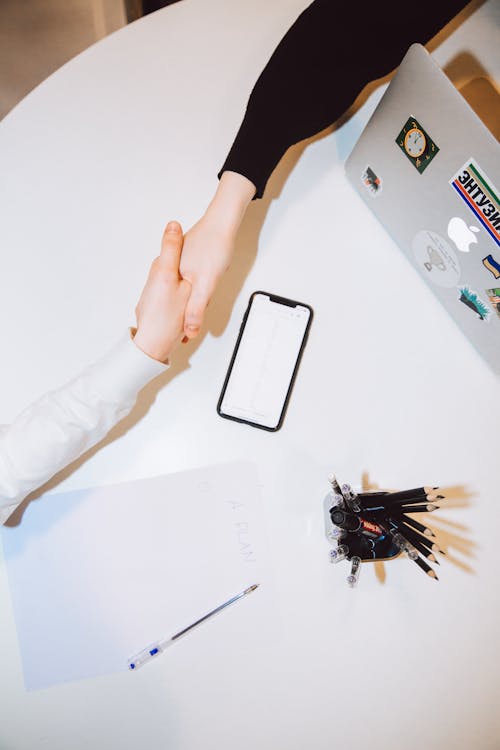🙋♂️Korean Level 3, Activity 1: 이름이 어떻게 되세요?/ What is Your Name?

Description:
Students will learn how to introduce themselves. They will also learn how to ask questions about other people. To guide their conversation, the instructor will provide them with question cards about concepts such as name and age. Students will also present their partner to the rest of the class
Semantic Topics:
Introduction(소개), name(이름), hello(안녕하세요), greetings(인사), interests(흥미)
NCSSFL-ACTFL World-Readiness Standards:
- Communication 1.1: Students engage in conversations, provide and obtain information, express feelings and emotions, and exchange opinions.
- Communication 1.3: Students present information, concepts, and ideas in Korean to an audience of listeners or readers on a variety of topics.
Idaho State World-Language Standards:
- COMM 1.1: Interact and negotiate meaning (spoken, signed, written conversation) to share information, reactions, feelings, and opinions
- COMM 3.1: Present information, concepts, and ideas to inform, explain, persuade, and narrate on a variety of topics using appropriate media in the target language.
- CLTR 1.1: Analyze the cultural practices/patterns of behavior accepted as the societal norm in the target culture
NCSSFL-ACTFL Can-Do Statements:
- I can introduce myself, and I can also introduce other students.
- I can ask people about their background and what they like.
- I can greet somebody from a different culture in an appropriate way.
Materials Needed:
Warm-Up
1. Begin by introducing the Can-Dos for today’s activity and distributing the question cards to each student.
오늘의 학습목표를 소개하고 학생들에게 질문 카드를 나눠주세요.
- (Today, we are going to learn how to introduce ourselves when we meet someone for the first time. You will learn not only to introduce yourself, but also to ask questions to others.)
“오늘은 처음 보는 사람을 만났을 때 어떻게 자기소개를 하는지 배워 볼 거예요. 자기소개뿐만 아니라 다른 사람에게 질문을 하는 법도 배울 거예요”
학생들이 자신의 특징을 묘사할 수 있는 세 단어를 생각하도록 하세요.
(Think of the three words that best describe you.)
“자신에게 가장 잘 어울리는 세 단어를 생각해보세요.”
3. Students will explain why they picked those three words, and how they relate to their personal characteristics.
학생들은 자신이 선택한 세 단어를 설명하고, 그 단어가 자신의 특징과 어떤 연관이 있는지 설명하세요.
(Why did you choose those words?) “그 단어들을 선택한 이유가 뭔가요?”
학생들이 대화를 하는 데 있어서 도움을 필요로 한다면 아래의 질문을 이용하세요.
- 1. “Are you quiet or lively?”
- 2. “Do you like to play outside or play at home?”
- 1. “여러분들은 조용한 편이에요, 아니면 활발한 편이에요?”
- 2. “밖에서 노는 걸 좋아해요, 아니면 집에서 노는 걸 좋아해요?”
Main Activity:
1. Students will receive a question card, and they will begin the activity by going through the questions with a partner.
학생들은 질문 카드를 받고, 카드의 질문으로 짝과 함께 활동을 시작하세요.
- What is your major?
- “전공이 어떻게 돼요?”
- What grade are you in?
- “몇 학년이에요?
2. When students are finished conversing with their partners, they will introduce their partners to the rest of the class.
짝과의 대화가 끝나면 반 친구들에게 짝을 소개하세요.
- (Introduce your partner to other students.) “여러분들의 파트너를 다른 학생들에게 소개해주세요.”
- (Example) My partner’s name is Hannah. Hannah is a sophomore and is studying engineering.)
예) “제 파트너의 이름은 한나예요. 한나는 2학년이고 엔지니어링을 공부하고 있어요.”
3. After the introduction, students will find similarities with their classmates.
소개 후에 다른 학생들과 자신의 공통점을 찾아보세요.
- (Find out what you have in common with other students.)
“다른학생들과 공통점이 있는지 찾아보세요.” - (Ex) “Hannah and I like chocolate.)
예) “한나와 저는 초콜릿을 좋아해요.”
4. If students have anything they would like to know more about their classmates, then they will take this time to ask questions to their classmates.
학생들이 반 친구들에게 궁금한 것이 있으면 질문할 수 있도록 하세요.
- (If you want to ask a classmate, ask a question.)
“반 친구에게 물어보고 싶은 게 있으면 질문을 해 보세요.
Wrap-Up:
Ask the following questions to finish the lab(이 질문으로 랩을 마무리하세요):
- What was the name of the friends you met today?
- What are you going to do this weekend?
- “오늘 만난 친구들의 이름이 뭐였어요?”
- “이번 주말에 뭐 할 거예요?”
Talk about a few phrases that are used to greet someone. 인삿말에 대해 이야기해 보세요.
End of Activity:
- Read Can-Do statements once more and have students evaluate their confidence.
- (Use thumbs up/thumbs down or download our student cards.)
- Encourage students to be honest in their self-evaluation.
- Pay attention, and try to use feedback for future labs!
NCSSFL-ACTFL Can-Do Statements:
- I can introduce myself, and I can also introduce other students.
- I can ask people about their background and what they like.
- I can greet somebody from a different culture in an appropriate way.

